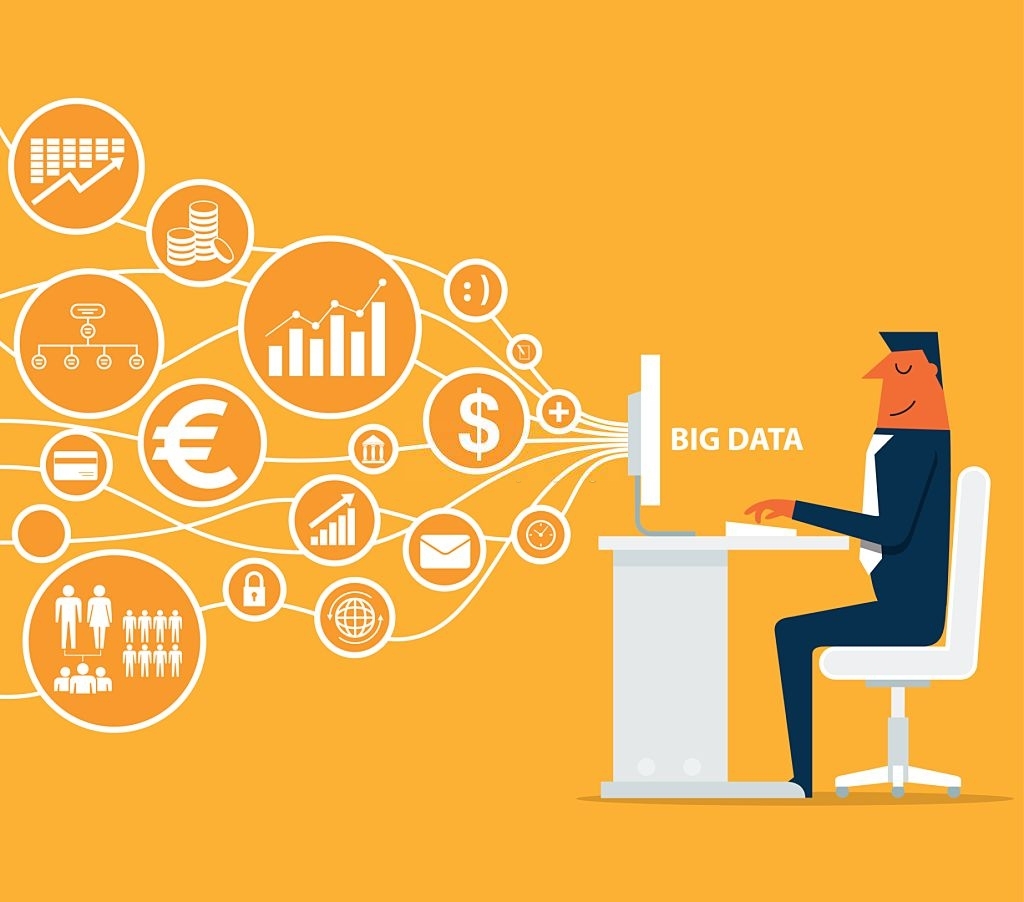As the world is ushered even more into the fourth industrial revolution, big data is taking center stage. From machine learning algorithms to analytics, data analysis has established itself as one of the most lucrative fields in the labour market. This has made many millennials looking to get certified in the industry. But certification can only go so far. There are core skills that are needed for any data analysis to be done. Northwestern University in a study posted on its website, discourses some key skills for data analysis.
See below five vital skills for data analysis as identified by Northwestern University.
1. Critical Thinking
Using data to find answers to your questions means figuring out what to ask in the first place, which can often be quite tricky. To succeed as an analyst, you have to think like an analyst. It is the role of a data analyst to uncover and synthesize connections that are not always so clear. While this ability is innate to a certain extent, there are a number of tips you can try to help improve your critical thinking skills. For example, asking yourself basic questions about the issue at hand can help you stay grounded when searching for a solution, rather than getting carried away with an explanation that is more complex than it needs to be. Additionally, it is important that you remember to think for yourself instead of relying on what already exists.
2. R or Python–Statistical Programming
Anything Excel can do, R or Python can do better—and 10 times faster. Like SQL, R and Python can handle what Excel can’t. They are powerful statistical programming languages used to perform advanced analyses and predictive analytics on big data sets. And they’re both industry standard. To truly work as a data analyst, you’ll need to go beyond SQL and master at least one of these languages.
So which one should you learn? Both R and Python are open source and free, and employers typically don’t care which their employees choose to use as long as their analyses are accurate. Since it was built specifically for analytics, however, some analysts prefer R over Python for exploring data sets and doing ad-hoc analysis.
3. Data Visualization
Being able to tell a compelling story with data is crucial to getting your point across and keeping your audience engaged. If your findings can’t be easily and quickly identified, then you’re going to have a difficult time getting through to others. For this reason, data visualization can have a make-or-break effect when it comes to the impact of your data. Analysts use eye-catching, high-quality charts and graphs to present their findings in a clear and concise way. Tableau’s visualization software is considered an industry-standard analytics tool, as it is refreshingly user-friendly.
4. Presentation Skills
Data visualization and presentation skills go hand-in-hand. But presenting doesn’t always come naturally to everyone, and that’s okay! Even seasoned presenters will feel their nerves get the best of them at times. As with anything else, start with practice—and then practice some more until you get into your groove. Forbes also suggests setting specific goals for your improvement and focusing on the audience rather than yourself as ways of getting more comfortable with presenting.
5. Machine Learning
As artificial intelligence and predictive analytics are two of the hottest topics in the field of data science, an understanding of machine learning has been identified as a key component of an analyst’s toolkit. While not every analyst works with machine learning, the tools and concepts are important to know in order to get ahead in the field. You’ll need to have your statistical programming skills down first to advance in this area, however. An “out-of-the-box” tool like Orange can also help you start building machine learning models.



